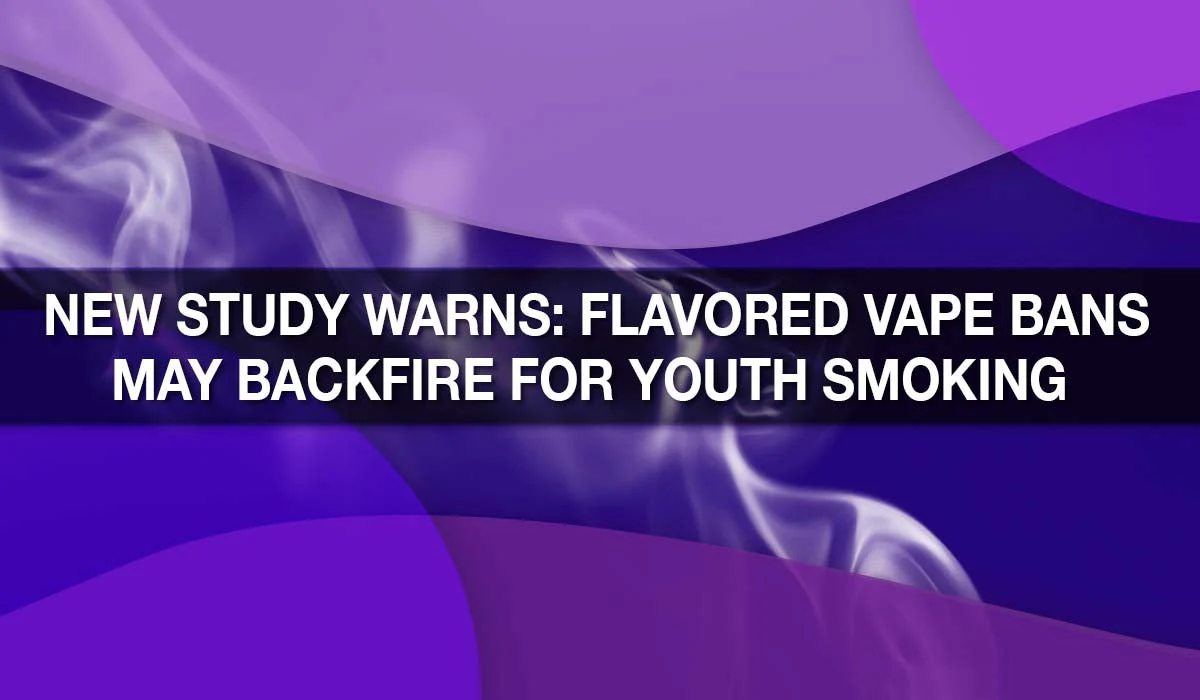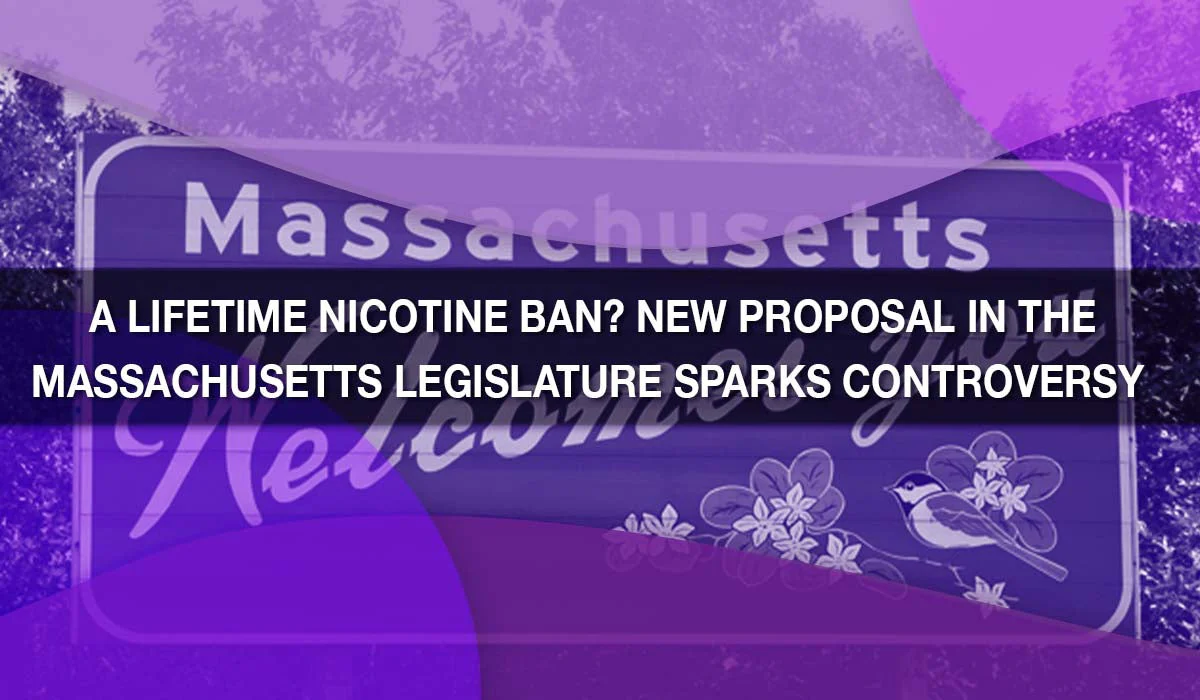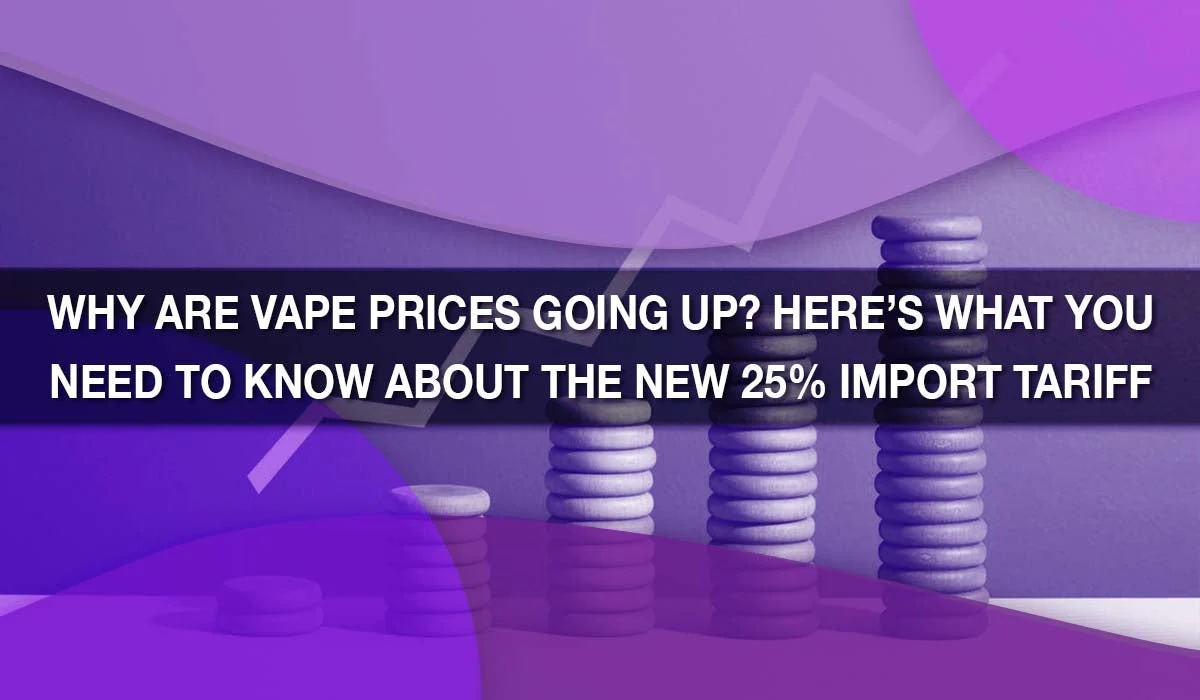
New Study Warns: Flavored Vape Bans May Backfire for Youth Smoking
A freshly published analysis in JAMA Network Open offers striking evidence: state-level bans on flavored e-cigarettes are linked not only to reductions in vaping among youth and young adults, but also to unintended increases in cigarette smoking in that same group.
📚What the Study Looks At
Using national BRFSS survey data from 2016 to 2023, the research employed a quasi-experimental design comparing young adults (ages 18–29) in states with flavored vape restrictions against those in states without such policies. Adjustments accounted for other tobacco control efforts and demographic changes to isolate the effects of flavor legislation.
🔍 Key Findings
- Daily vaping dropped by 3.6 percentage points among young adults in flavor-restricted states.
- Simultaneously, daily cigarette smoking increased by 2.2 percentage points—a worrying reversal of prior trends.
- Compared to states without such bans, these shifts represent an 80% decrease in vaping and a 22–30% rise in smoking, relative to baseline rates in 2018.
🧠 Why It Matters
Vaping and combustible cigarettes function as economic substitutes for many young nicotine users. When flavored vaping options become scarce, some users return to cigarettes. These findings echo past studies showing similar substitution effects from vape taxes and minimum-age purchase laws.
Policy Implications
This study adds urgency to a key takeaway: policies aimed at youth vaping must avoid increasing cigarette smoking.
States considering flavored vape bans need to consider how these choices impact the adult users who rely on available alternatives.
⚖️ Bottom Line
While some believe flavored vape restrictions can curb youth vaping, they often overlook a major consequence: these bans are linked to an increase in cigarette smoking—a far more harmful outcome.
As regulators—and the FDA—debate new strategies around flavored products, the evidence urges caution: Poorly designed bans can backfire, and one-size-fits-all policies may do more harm than good.
Let’s hope policymakers build smarter, more nuanced frameworks that protect public health without unintended consequences.














